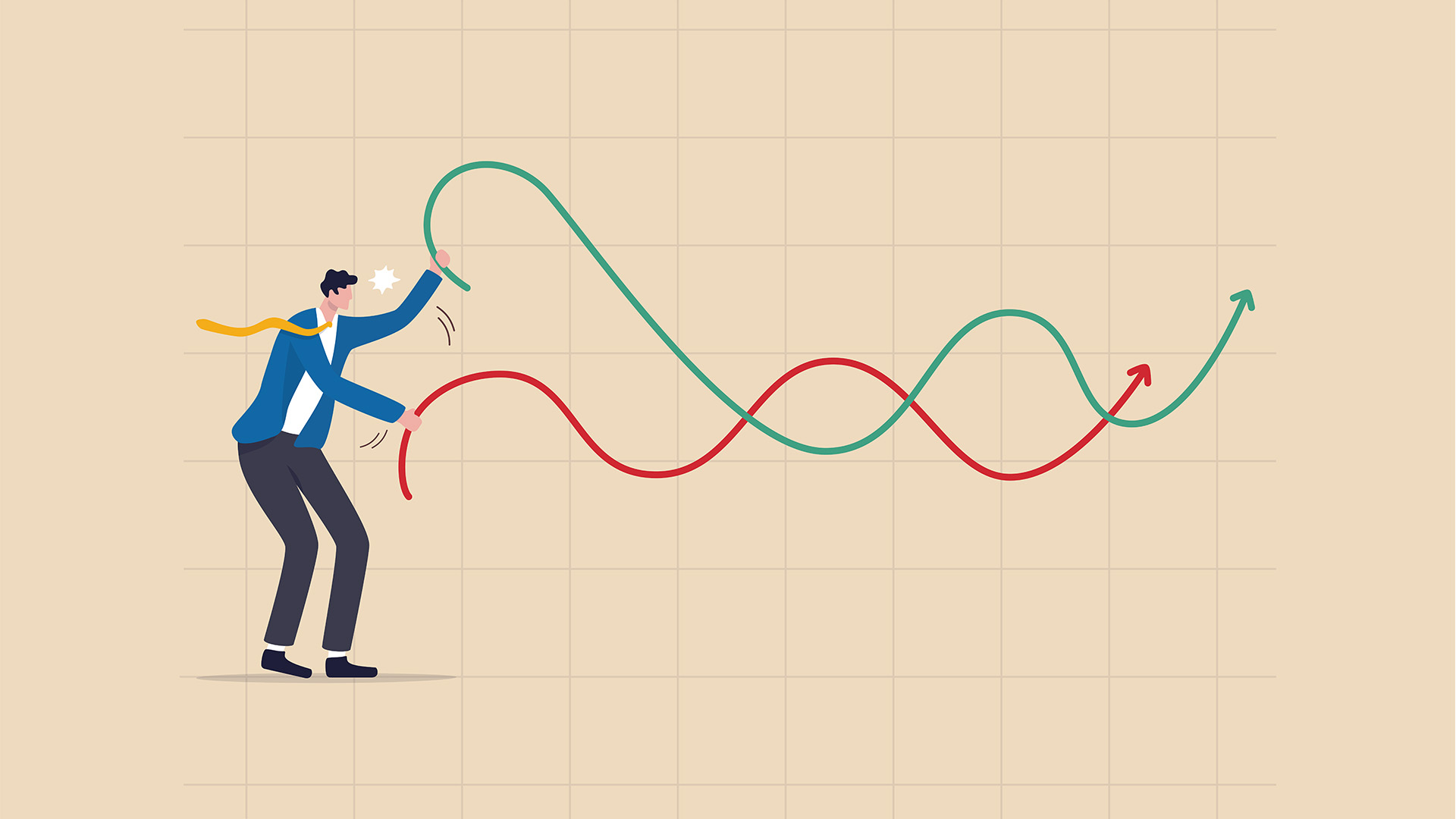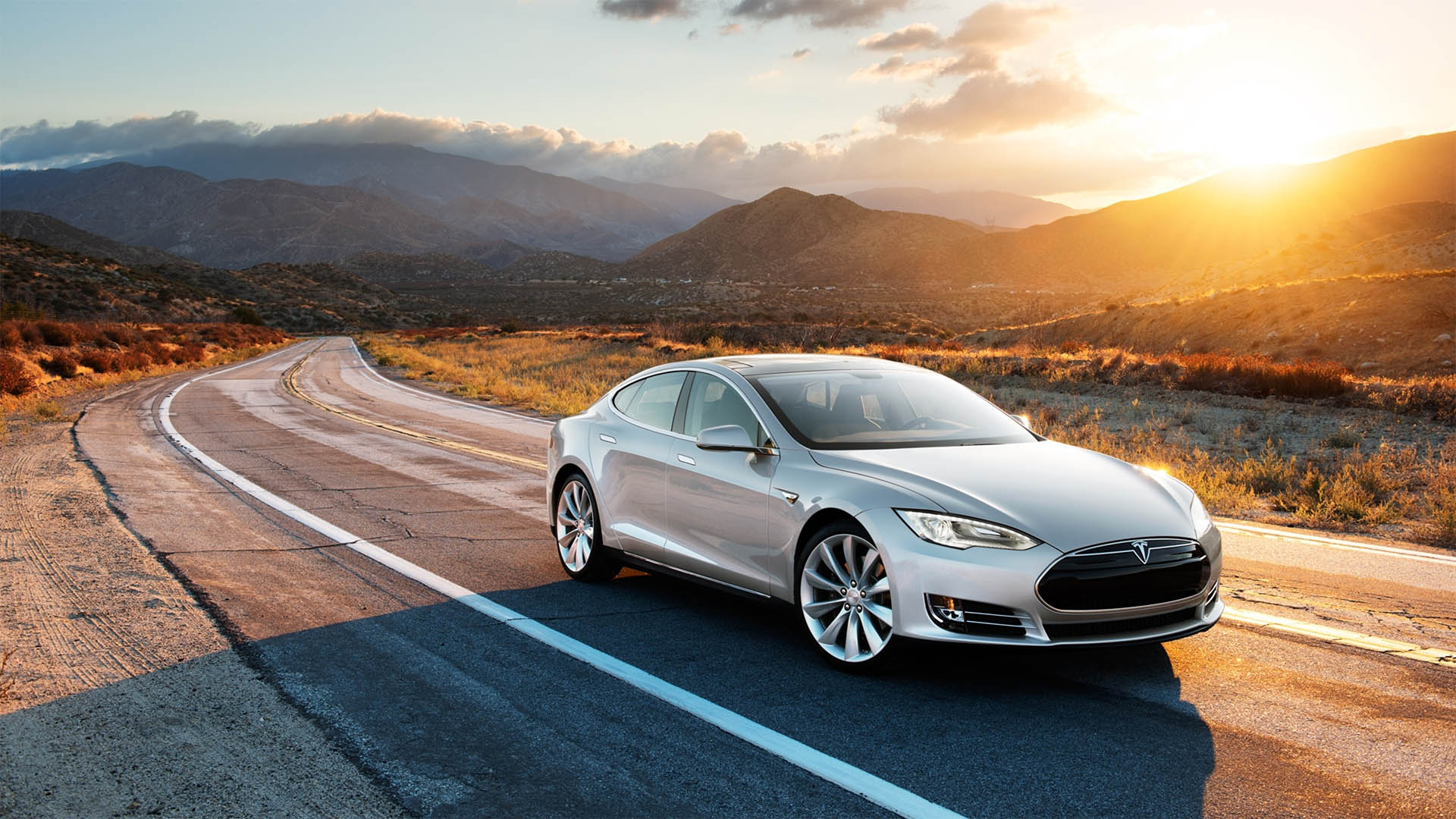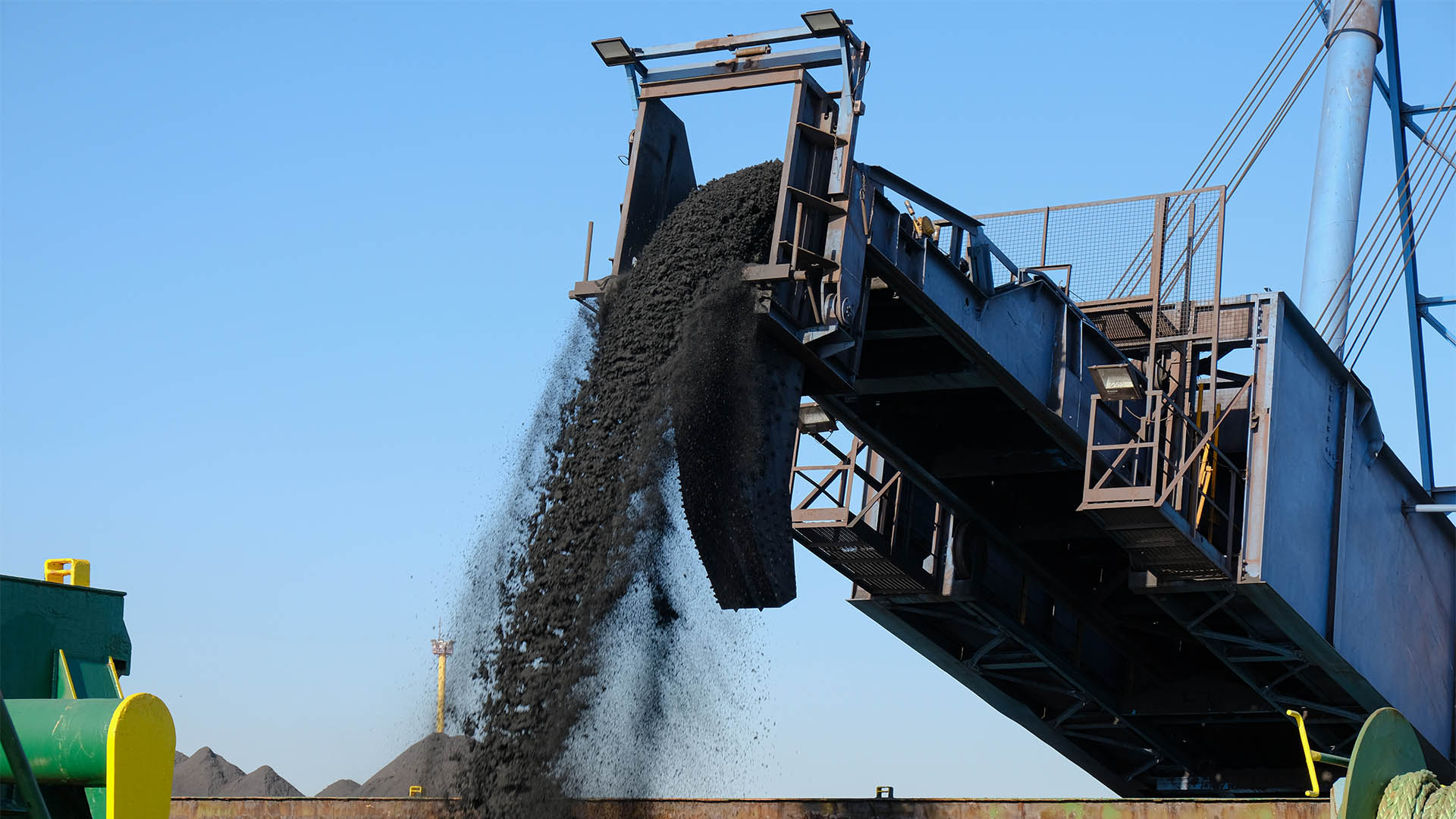The Reserve Bank of Australia has once again kept its key interest rate unchanged at the record low of 1.5%.
Despite a strong September quarter (as today’s National Accounts and quarterly GDP will confirm), strong jobs growth and government spending, the central bank saw no need to change rates.
Continuing concerns about weak wages growth, low inflation and high household debt saw the bank leave rates unchanged for the 28th meeting in a row.
“The low level of interest rates is continuing to support the Australian economy,” Reserve Bank Governor Philip Lowe said in his final post-meeting statement for the year.
“Further progress in reducing unemployment and having inflation return to target is expected, although this progress is likely to be gradual.”
“The Australian economy is performing well,” he said. “The central scenario is for GDP growth to average around 3.5 percent over this year and next, before slowing in 2020 due to slower growth in exports of resources.”
“One continuing source of uncertainty is the outlook for household consumption. Growth in household income remains low, debt levels are high and some asset prices have declined. The drought has led to difficult conditions in parts of the farm sector,” Dr. Lowe wrote.
“The improvement in the economy should see some further lift in wages growth over time, although this is still expected to be a gradual process.
“Inflation is expected to pick up over the next couple of years, with the pick-up likely to be gradual. The central scenario is for inflation to be 2¼ percent in 2019 and a bit higher in the following year.”
“Further progress in reducing unemployment and having inflation return to target is expected, although this progress is likely to be gradual.
“Taking account of the available information, the Board judged that holding the stance of monetary policy unchanged at this meeting would be consistent with sustainable growth in the economy and achieving the inflation target over time.”
The AMP’s Chief Economist, Shane Oliver wrote after the release of Dr. Lowe’s statement:
Our base case is that rates will remain on hold through next year and into late 2020 at least. However, with the risks to growth around tighter credit, falling house prices and the associated drag on consumer spending there is a rising risk that the next move in rates will be a cut.
However, that’s a second half 2019 story because the RBA will need to see broader signs of softness to consider cutting interest rates and that will take time. So don’t rely on rate cuts quickly rescuing the property market.
“(W)hile the RBA is right to highlight areas of strength in relation to the Australian economy – notably around an expected improvement in non-mining investment, public investment, resource exports and the unemployment falling to 5% – our view is that it’s underestimating the threat from tightening credit conditions and the likely drag on consumer spending from falling house prices particularly in Sydney and Melbourne and the threat this, in turn, poses to wages growth and inflation going forward, “ Dr. Oliver wrote.












